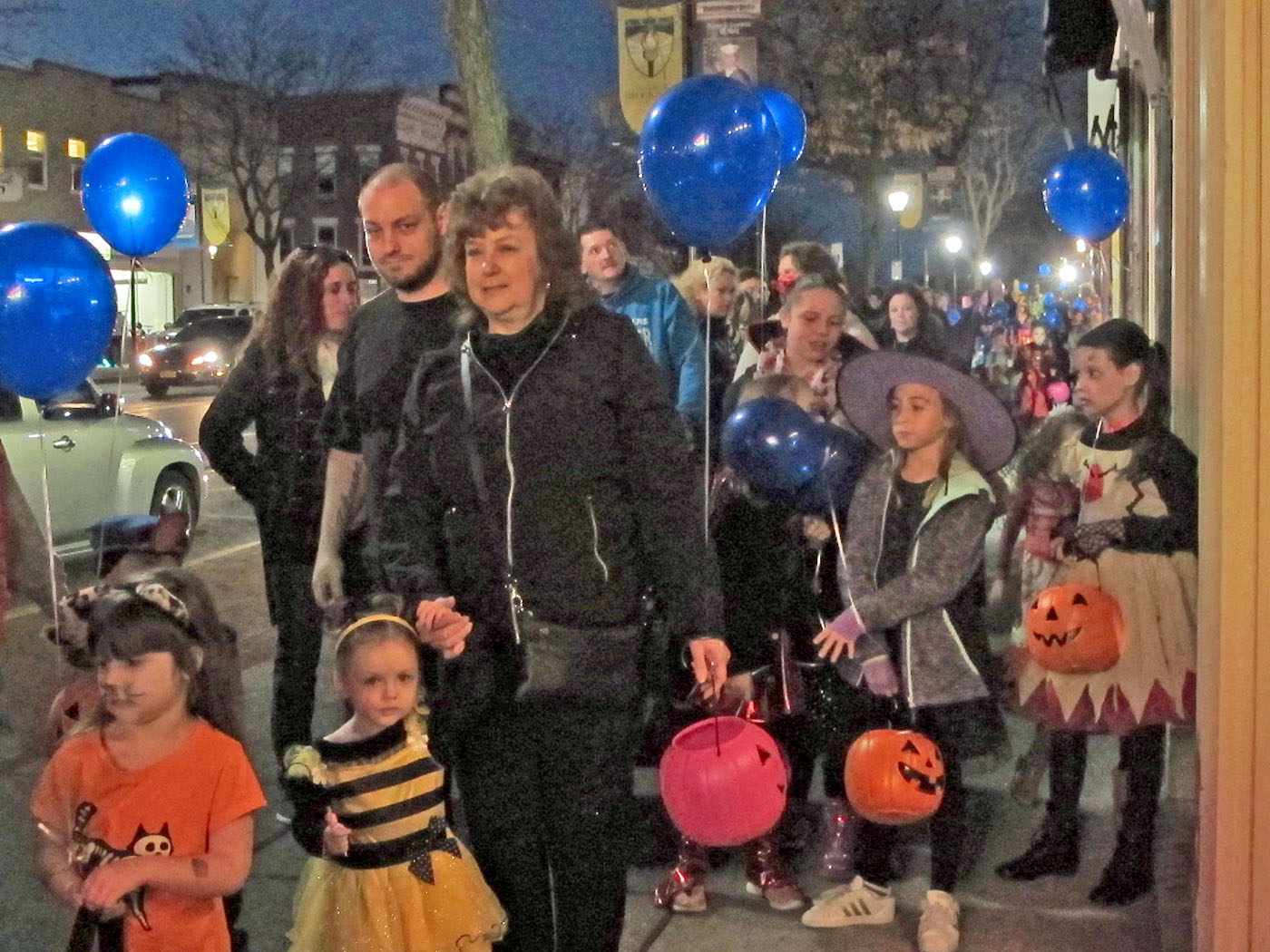Alcoholism and substance abuse services announces “Reversing the Stigma”
The New York State Office of Alcoholism and Substance Abuse Services (OASAS) has announced that the documentary “Reversing the Stigma” is now available to view on YouTube. “Reversing the Stigma” highlights the work being done in New York State to combat addiction and reminds viewers that addiction is a chronic disease that is treatable. The film, narrated by acclaimed television journalist Laurie Dhue, profiles multiple people in various stages of recovery, who share their stories and experiences. “Reversing the Stigma” was produced by OASAS and the New York State Media Service Center.
“The opioid epidemic has impacted people across the country, regardless of age, gender, ethnicity, or other factors,” OASAS Commissioner Arlene González-Sánchez said. “But it is important to remember that addiction is treatable, which is highlighted throughout the film. By telling these stories of real New Yorkers in recovery, we are working to help reverse the stigma against people with substance use disorders. We thank Governor Cuomo for giving us the opportunity to tell these inspiring stories, and highlight the great work being done in this state to Combat Addiction.”
Dhue, a former television news anchor who hosted programs on CNN, MSNBC, and Fox News, speaks throughout the film about her own nearly two-decades-long struggle with addiction, as well as her own recovery process. The film also features interviews with New Yorkers in recovery, care professionals, and New York State leaders. The documentary examines stigma surrounding treatment and recovery, and the steps New York State is taking to address addiction and support people whose lives it has touched.
New Yorkers struggling with an addiction, or whose loved ones are struggling, can find help and hope by calling the state’s toll-free, 24-hour, 7-day-a-week HOPEline at 1-877-8-HOPENY (1-877-846-7369) or by texting HOPENY (Short Code 467369).
Available addiction treatment including crisis/detox, inpatient, community residence, or outpatient care can be found using the NYS OASAS Treatment Availability Dashboard at FindAddictionTreatment.ny.gov or through the NYS OASAS website.
Visit CombatAddiction.ny.gov to learn more about the warning signs of addiction, review information on how to get help, and access resources on how to facilitate conversations with loved ones and communities about addiction. For tools to use in talking to a young person about preventing alcohol or drug use, visit the State’s Talk2Prevent website.
Provided information




